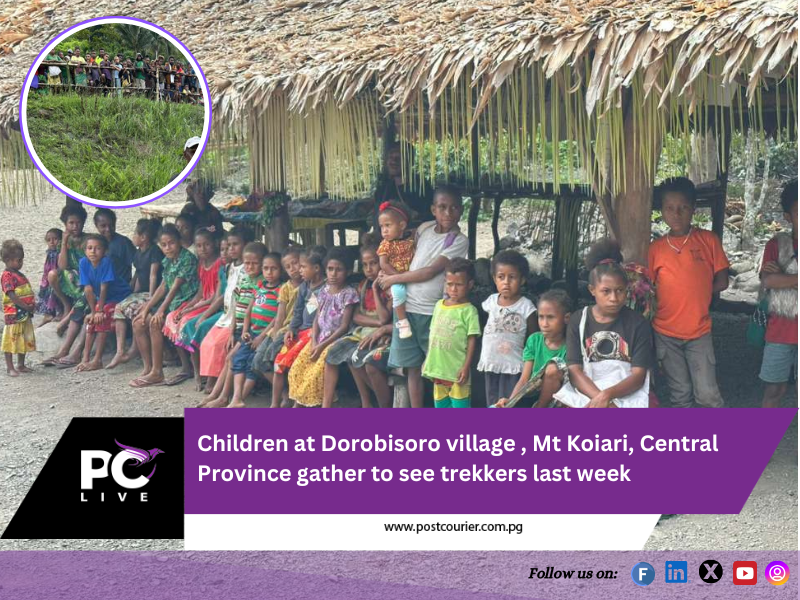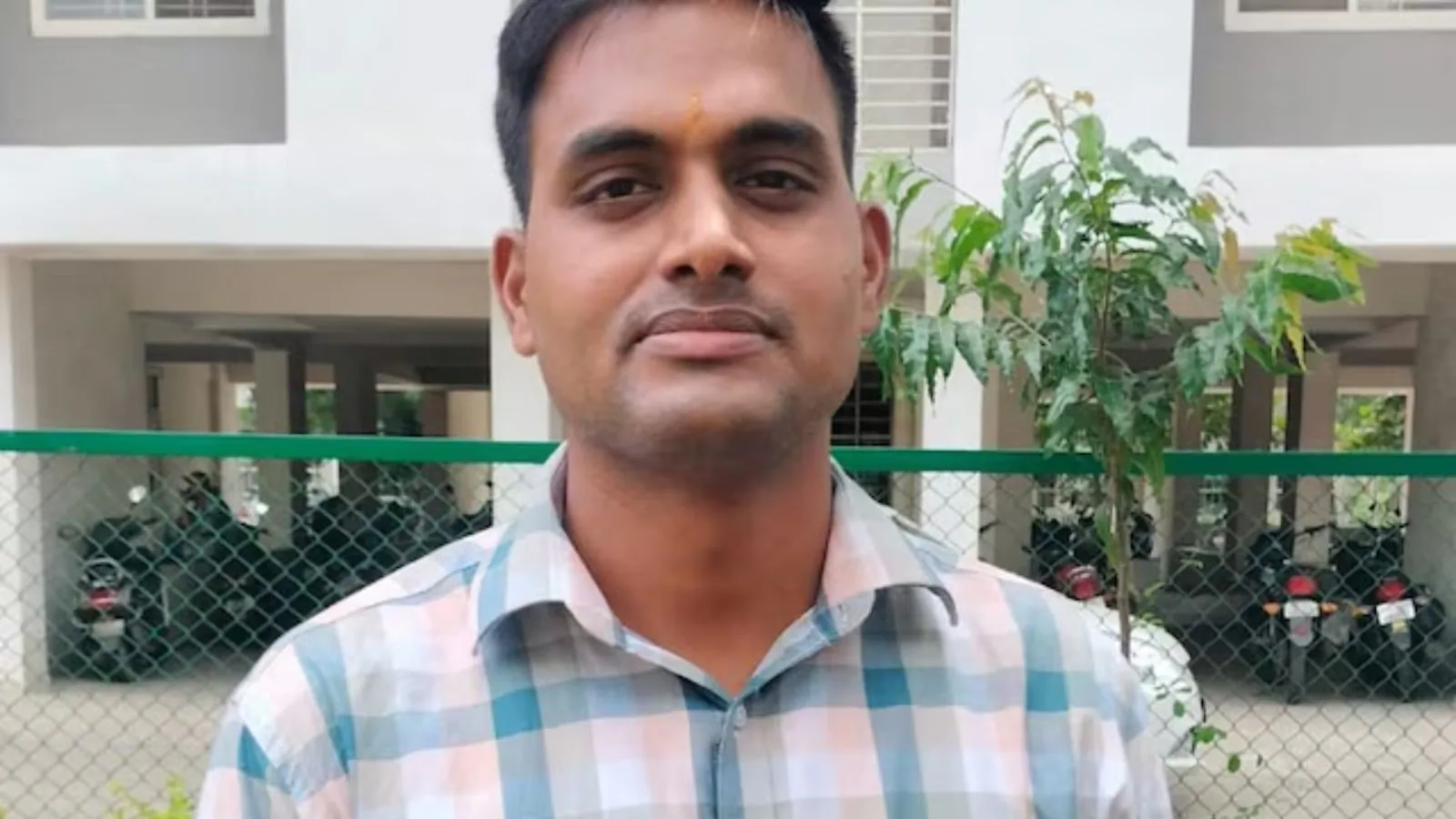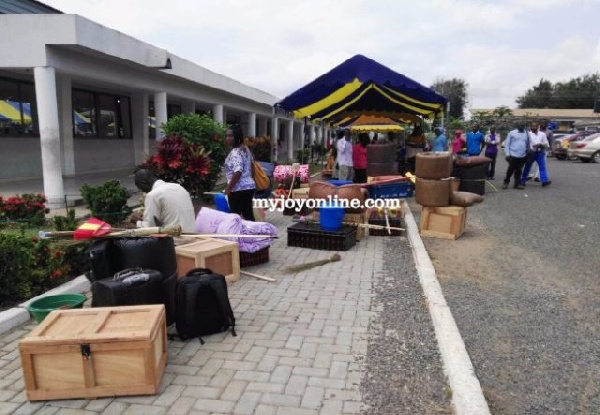Copyright businessbhutan

Bhutan’s rural connectivity and local infrastructure are set to receive a significant boost with the launch of four major community development projects under the High Impact Community Development Projects (HICDP) initiative, supported by the Government of India. India has committed INR/BTN 10 billion (Nu 10 billion) towards HICDPs during Bhutan’s 13th Five Year Plan (2024–2029)—a key component of the two countries’ ongoing partnership to promote grassroots development and inclusive growth. This allocation follows the successful implementation of 275 projects in 2024, supported by INR/BTN 4.4 billion (Nu 4.4 billion). Building on that momentum, the second batch of 297 HICDPs, worth INR/BTN 4.06 billion (Nu 4.06 billion), was jointly approved by the governments of Bhutan and India in September 2025. On October 23, the Ambassador of India to Bhutan, Sandeep Arya, handed over a cheque of INR/BTN 1.2 billion (Nu 1.2 billion) to the Finance Minister, Lekey Dorji, marking the first tranche of funding for the new phase. So far, India has released a total of INR/BTN 4.97 billion (Nu 4.97 billion) for HICDPs during the current Plan period Across Bhutan, these community projects span rural road construction, irrigation channels, drinking water systems, health and education facilities, and agricultural development works. Their common goal: to improve living standards and economic opportunities in rural communities. In Thimphu Dzongkhag, key projects include the improvement of road blacktopping and drainage systems in rural areas, with an estimated combined cost of Nu 53.15 million. The largest investment, Nu 21 million, is directed toward improving the Sisina Chiwog Road in the Pakshikha–Samakha–Khariphu area. Other major projects include the blacktopping of Danglo–Wooluna Chiwog Road (Nu 11 million) and the Jadingkha farm road improvement (Nu 12 million). These projects, spearheaded by TPM Construction and UBW Construction, highlight the government’s strategic focus on strengthening rural transport networks to foster economic activity, enhance mobility, and improve access to essential services. All four projects are making solid progress, with physical completion rates averaging 80 percent. The Jadingkha farm road project has already achieved 100 percent completion, with final expenditures amounting to Nu 11.6 million, slightly above the initial bid value—reflecting cost adjustments due to material and transport escalation. Improved connectivity in rural areas has far-reaching implications. By reducing travel time and transport costs, communities gain better access to markets, schools, and healthcare facilities—directly enhancing productivity and living standards. Economists say these small-scale yet high-impact investments create multiplier effects in local economies. Better roads facilitate the movement of agricultural produce, encourage rural entrepreneurship, and attract private investment in peripheral regions. “These projects may appear modest in scale, but their impact is transformative,” said an official from the DRC who oversees project coordination. “They improve livelihoods, strengthen food security, and promote balanced regional development.” With overall progress averaging 60 to 80 percent, the HICDPs in Thimphu Dzongkhag stand out for their efficient fund utilization, timely execution, and strong local participation. The completed Jadingkha project, although slightly exceeding its initial cost estimate, demonstrates effective adaptive management—a practice increasingly vital in Bhutan’s infrastructure development. “The key is responsiveness,” said a project engineer. “When terrain, weather, or logistics present challenges, local contractors must be flexible while maintaining quality and timelines.” Earlier this month, Ambassador Sandeep Arya and Finance Minister Lekey Dorji jointly reviewed the implementation of India-Bhutan development cooperation programmes, including HICDPs. The delegation visited project sites such as the Construction of North City Bus Terminal at Dechencholing, the Bazaam construction at the Centenary Farmers Market, and the Danglo–Wooluna Chiwog Road blacktopping. These visits provided firsthand insight into project progress and community impact. The Ambassador described the HICDP as a “short-term, high-impact programme” that directly improves the connectivity and livelihoods of rural Bhutanese communities. “It is an important component of the enduring partnership between India and Bhutan,” Ambassador Arya said. “These projects reflect the shared vision of our two governments—to ensure that the benefits of development reach the grassroots level.” Finance Minister Lekey Dorji expressed gratitude to the Government of India, emphasizing the tangible improvements visible in rural communities. “The impact of these projects is felt directly in people’s lives,” he said. “They address local needs, create opportunities, and contribute to our broader national goal of inclusive development.” HICDPs are unique because they are conceptualized and prioritized at the local level, ensuring that each project addresses specific community needs. Fully funded by the Government of India, they are designed for short implementation cycles, typically completed within one to two years. As of October 2025, 45 HICDPs have already been completed since the start of the 13th Five Year Plan in July 2024, covering sectors such as irrigation, farm road construction, drinking water supply, agricultural marketing, health units, and community halls. These projects have been widely appreciated by both beneficiaries and the Royal Government of Bhutan for their visible, people-centered outcomes. While progress so far has been encouraging, development experts highlight the importance of robust monitoring and maintenance to sustain the benefits of these projects. In Bhutan’s hilly terrain and monsoon-prone regions, proper drainage, periodic road upkeep, and community ownership are essential for long-term sustainability. The Ministry of Finance and local governments are working closely with contractors and gewog administrations to ensure that maintenance mechanisms are built into project plans. With continued commitment and collaboration between the two governments, the HICDP initiative is expected to serve as a model for effective bilateral development cooperation, combining timely delivery with tangible community impact. Bhutan’s rural infrastructure investments under the HICDP framework represent more than just roads and bridges—they symbolize a bridge to opportunity. By improving rural connectivity, they enable farmers to access markets, students to reach schools more easily, and health workers to deliver services faster. As Bhutan advances its 13th Plan priorities—centered on sustainable development, equitable growth, and decentralization—such projects reinforce the government’s commitment to ensuring that progress reaches every corner of the country. The India-supported HICDPs are thus not only a testament to enduring India–Bhutan friendship but also a strategic investment in Bhutan’s inclusive and resilient future. Sangay Rabten From Thimphu



